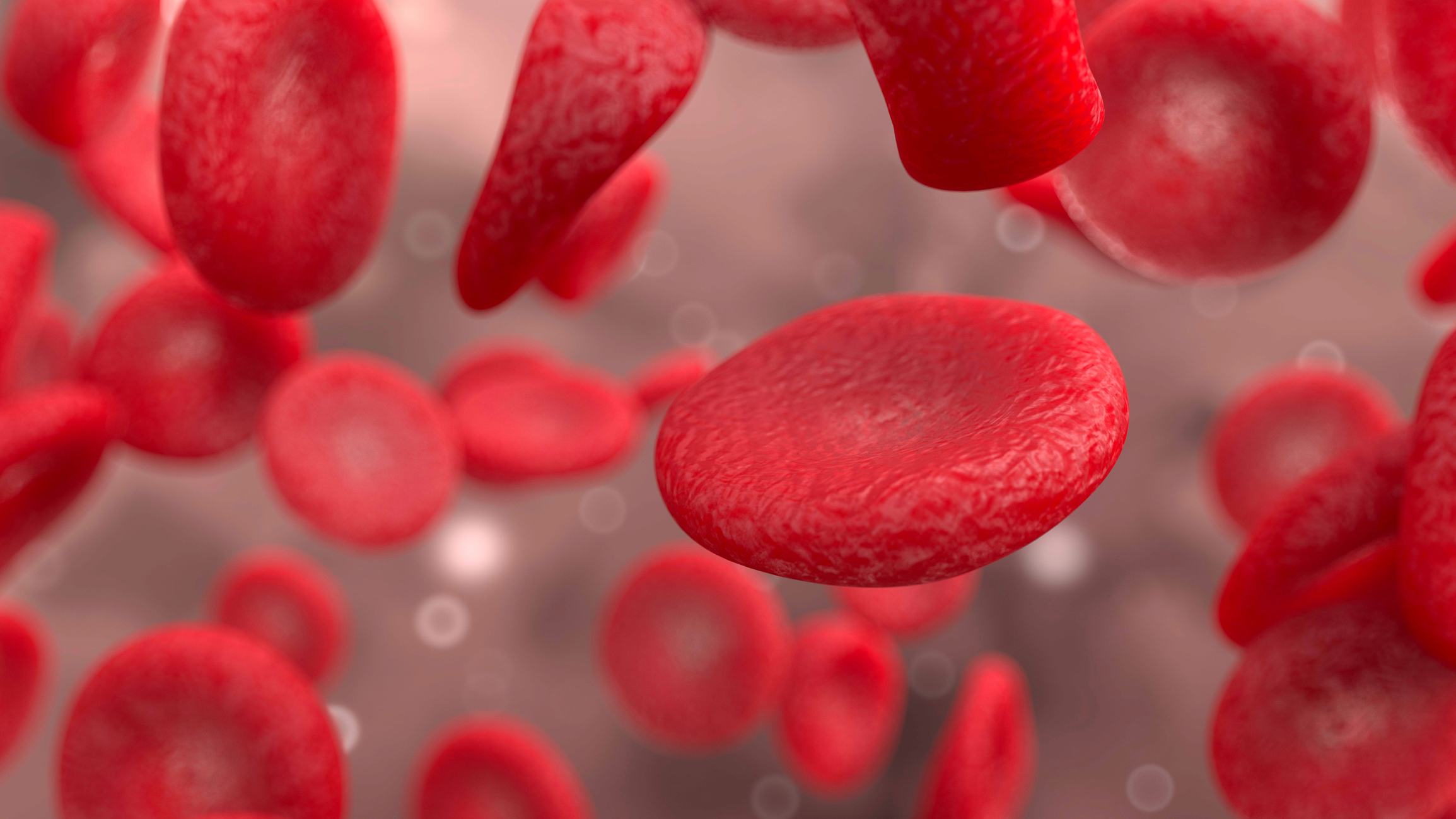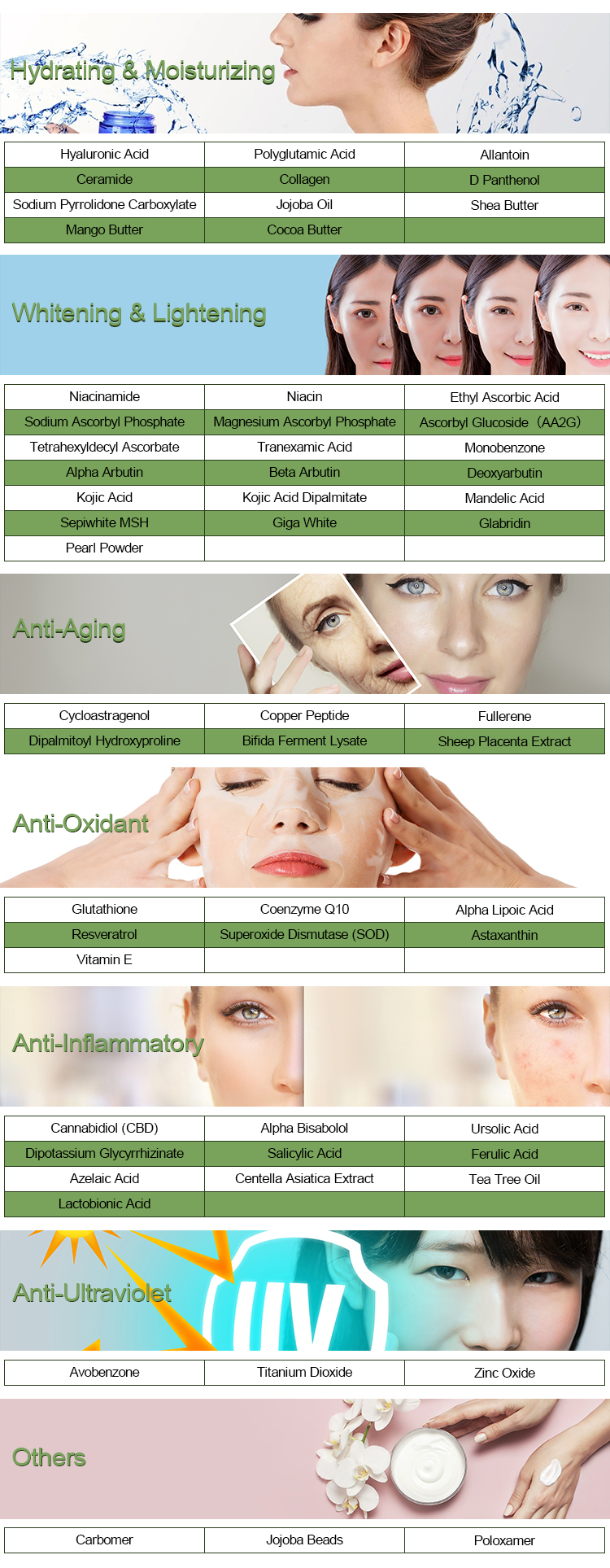Tranexamic acid (TXA) has shown promising effects in the treatment of chloasma (melasma), a common skin condition characterized by hyperpigmentation, often due to hormonal changes, sun exposure, and genetic factors. Tranexamic acid, originally used as an antifibrinolytic agent to control bleeding, has been found to inhibit melanogenesis through multiple mechanisms.
Effects of Tranexamic Acid on Chloasma
1. Inhibition of Melanin Production
- Tranexamic acid blocks the interaction between keratinocytes and melanocytes by inhibiting plasminogen activation, which in turn reduces melanocyte activation and melanin production.
2. Reduction of Vascular Contribution to Melasma
- Tranexamic acid decreases the activity of vascular endothelial growth factor (VEGF), which plays a role in increased blood vessels seen in melasma-affected skin.
3. Anti-Inflammatory Effects
- Since inflammation can contribute to hyperpigmentation, Tranexamic acid is ability to reduce inflammatory mediators helps in preventing further pigmentation.

Modes of Administration and Efficacy
1. Oral Tranexamic Acid (250-500 mg/day)
- Studies have shown significant improvement in melasma with oral Tranexamic acid. However, potential side effects like gastrointestinal discomfort, headaches, and a theoretical increased risk of thrombosis should be considered.
2. Topical Tranexamic Acid (2-5%)
- Effective in reducing hyperpigmentation with fewer systemic side effects. Works well when combined with other depigmenting agents like hydroquinone or vitamin C.
3. Intradermal Tranexamic Acid Injections
- Administered directly into the affected areas, providing localized improvement in melasma with minimal side effects.
Comparison with Other Treatments
Tranexamic acid is often used alongside conventional treatments such as:
- Hydroquinone
- Kojic acid
- Chemical peels
- Laser therapy
Tranexamic acid provides an alternative for patients who cannot tolerate hydroquinone or other depigmenting agents.

Conclusion
Tranexamic acid is an effective treatment for chloasma, particularly for persistent or recurrent cases. However, individual response may vary, and consultation with a dermatologist is recommended before starting Tranexamic acid, especially in patients with a history of blood clotting disorders.
Would you like information on specific studies or dosage recommendations?
